The art of conversion rate optimization (CRO) can be the difference between people just leaving your online store or actually making a purchase.
And there are a bunch of ways you can tweak and adjust the website to cater to your visitors.
So, what should you know about conversion rate optimization?
Here’s something to get you thinking:
The average Shopify conversion rate is just 1.5%, but the good stores are at 4%, and the top 10% are at 6% and above. So, how do you get to the top?
It’s time to figure out the secrets of conversion rate optimization.
How to calculate your Shopify conversion rate
Shopify has a simple formula to calculate the conversion rate.
Percentage of sessions that resulted in orders out of the total number of sessions.
For example, if 1000 people visit your store and 42 people complete their checkout, that’s a 4.2% conversion rate, which counts for a good conversion rate.
How to check conversion rate on Shopify
Thanks to Shopify’s nuanced analytics tab, you can check the conversion rate in just a few clicks.
1. Open your Shopify store dashboard.
2. Click the Analytics tab on the left navigation bar
3. Check the conversion rate section
Yep, that’s the entire process
15+ Tips to Increase Your Shopify Store Conversion Rate
Optimize User Interface
When it comes to Shopify stores, aesthetics isn’t just about looks. It’s about creating a user experience that results in higher conversion rates.
From optimizing your landing pages to utilizing the Shopify App Store, creating an aesthetically pleasing and user-friendly interface is key to increasing your Shopify conversion rate and average order value.
To make sure your store is optimized, consider hiring a developer to create custom pages, or take advantage of the many pre-made themes available in the Shopify store.
Additionally, consider utilizing Google Analytics, user-generated content, and cross-selling techniques to further increase your Shopify store’s conversion rate.
With the right optimization techniques, you can make sure your existing customers keep coming back, and that your conversion rates are above the average Shopify conversion rate.
Put effort into your web copy
Here’s a secret. Your web copy is inseparable from other parts of your website interface.
Your store’s visitors will enter the website and first see, but then read. Copy is what hooks your visitors and makes them feel at home in your store.
That’s why some of the highest converting e-commerce stores invest a ton of resources into what they write, how they write, and where they write.
Here are some first-hand tips on what converts:
- Instead of a generic copy, be bold and brave. Today’s shoppers love it.
- Insert storytelling or analogies in your copy.
- Experiment with different text sizes etc on your lending page.
- Be persuasive, but not intrusive.
Optimize website speed
The world of ecommerce is constantly evolving and the demands of today’s online customers are higher than ever.
If you want to take advantage of the potential of your Shopify store, you must ensure that page speed is optimized.
With the average web user expecting pages to load in three seconds or less, anything more and you’re at risk of losing valuable customers.
To ensure your site is up to speed, use one of the many free diagnostic tools available, such as Google’s page speed insights, which will provide you with a comprehensive report on how to improve the speed of your store.
Then, if your website doesn’t comply with core web vitals, start making necessary changes to improve speed. One of the ways you can do it is by choosing a reliable hosting, such as website VPS or Linux VPS.
Some potential issues could be:
- Your hosting server is deliver content too slowly
- Images on your site are not optimized for speed
- Sloppy site construction (not often the case on Shopify)
- Content filtering
💡 TIP: Page speed is one of the most important metrics for SEO optimization as well. Solving your website’s load speed will reduce bounce rate, increase click-through rate and make your website more favorable with Google… ranking it higher of course.
Optimize for mobile
Today, more and more people are shopping with their smartphones than ever before.
It’s expected that 72% of the world’s population will use mobile phones for online shopping by 2025. To ensure that you don’t miss out on a huge percentage of potential customers, optimizing your Shopify store for mobile should be one of your top priorities.
Most Shopify themes are already mobile-friendly, but it’s a good idea to test them on a variety of mobile devices – Android, iOS mobile phones, as well as an iPod and/or tablet.
If you encounter any obstacles or issues, it’s likely that your shoppers will give up and look for a better shopping experience elsewhere.
Once your Shopify store is optimized for mobile, you can start to focus on improving your store’s conversion rate.
Ultimately, optimizing your Shopify store for mobile and improving your conversion rate can help you get more sales and increase your store’s revenue. High-volume stores should aim for a conversion rate of 1-2%, while smaller stores should strive for a conversion rate of 2-3%.
Integrate Shopify apps
The sole purpose of Shopify apps is to improve your store, automate certain processes, and optimize the user experience.
So not only are they extremely helpful, they’re also tools to significantly improve your conversion rate.
However, before you start browsing the extensive library of Shopify apps, consider that some are free while others are pricey.
Some are there to improve your SEO score, while others will, for instance, automate the review process.
You should select a few that will truly benefit your store and your workflow so you don’t overstretch and lose money – and website speed – installing apps you won’t use.
Highlight Product Benefits On First Page
The key to unlocking your Shopify store’s conversion rate lies in emphasizing product benefits on the first page.
To start, ask yourself the question that your website visitors also ask: “What’s in it for me?” The answer to this should be made clear from the start, as this will help to increase conversions.
To do this, you can use storytelling and analogies, or you can go straight to the point with facts. Both work, in their respective contexts.
Whichever route you decide to take, make sure your potential customers are given the information they need to make the right decision – and increase your Shopify store’s conversion rate.
Add social proof
Trust is a currency that can be bought and sold.
As a Shopify store owner, you have the opportunity to leverage social proof to create a seal of approval that helps your target audience make a purchasing decision.
User-generated content, customer reviews, and influencer posts are all powerful social proof elements that can increase your conversion rate.
With the right combination of social proof and features, you can increase your Shopify store’s conversion rate and generate more sales.
Ultimately, it all comes down to the old marketing adage of understanding your target audience and what (or who) they care about.
#1 Social Proof: Featured in… Section
Getting mentioned in relevant publications benefits your store in multiple ways:
- It’s a great digital PR that gives you reach, visibility
- You can use it in content marketing efforts
- If it’s from a strong publication, it strengthens your website authority
- It gives another social validation to your brand
The last part is extremely important for the subject of social proof. By adding this section, you’re saying to your potential customers:
It’s not just us. These trusted, proven media outlets are saying we’re awesome as well.
#2 Social Proof: User-generated content
By showcasing customer experiences with your product or service, you can demonstrate its value, establish trust, and increase conversion rates.
Start by incentivizing existing customers to take photos and videos of your products in use, and then use them on your website and social media platforms. This will help your target audience better connect with your product and increase their confidence in making a purchase.
That’s why other people’s supposedly raw, amateur videos of using your product or even talking about it, would trigger a green light in your users’ minds… Yes, this is reliable.
The best way to gain loyal customers is to prove that your ecommerce business already has loyal customers.
#3 Social Proof: User reviews and comments
The existence of other people’s comments and reviews on your website can often be a deciding factor.
By having real, sometimes even lower ratings, you make your brand more “human” and allow people to understand the downsides of the product as well.
Believe it or not, people would more likely shop for a slightly flawed product than one that appears perfect. The skepticism is deeply rooted in the mind of the consumer.
Plus, there are a bunch of review apps and plugins that you can integrate directly into your website.
Personalization
In the era of the internet, personalization is what influences most online shoppers.
This doesn’t mean that you shouldn’t go broad when prospecting, but after you “hook” your potential audience, it’s time to take that relationship to the next level.
Some obvious methods of personalization include:
- Segmenting your email drips depending on user behavior
- Generating niche brand avatars you can target with your ads
- Setting up retargeting campaigns with a personalized copy “Hey, we’ve seen you lurking in our store!” and similar…
- Use apps that monitor user behavior to recommend particular products to users
And similar.
Upsells and Cross-sells
Upsells and cross-sells are popular marketing techniques that increase your conversion rate but also boost your average order value.
Ecommerce stores have been utilizing upsells and cross-sells for years to increase the conversion rate and average order value of their shopify stores. It makes sense – after a customer makes a purchase, why not offer them a related product or service or a good offer on the existing product?
Most Shopify store owners are aware of the value of these strategies and implement advanced features to increase the conversion rate of their stores.
When done correctly, these techniques can increase the value of each consumer. But if you’re not sure how to do it on your own, here’s a list of best upsell and cross-sell apps you can use.
Optimize Checkout
A smooth checkout process helps you sell. If the purchase process is full of friction, slow loading, etc, you can kiss your customer’s bye-bye.
Nowadays, it’s even more difficult than before to keep your customer interested. Hence why many shopping platforms are trying to keep everything streamlined and in one place.
So when optimizing for checkout, here are some things to pay attention to:
- Remove friction from checkout. Take out unnecessary processes and leave only mandatory fields.
- Offer a variety of payment options, online and offline.
- Make sure your checkout page is secure, SSL certified, and reliable.
…among other things.
Focus on retention
Now let’s focus on the main conversion rate driver – customer retention.
You know the old saying… It takes 5 times more to acquire a new customer than to retain those that you already have.
For that reason implementing a retention strategy will allow you to have not only more revenue, but also predictable and recurring revenue that should help you scale.
Some of the retention strategies can include:
- Email marketing strategy
- Customer loyalty programs
- Remarketing ads
- Subscription boxes
And many, many more.
Add an opt-in pop-up
If you want to have a retention strategy at all, you’ll need a mechanism to collect first-party data you’ll later use for retention campaigns.
The best way to do it is to place a discrete opt-in popup on your landing page, or at least place an opt-in widget on your website sidebar.
This will allow website visitors to subscribe to your mailing list and you can later retarget them with special offers, deals, and other segments… depending on your email workflow.
Oh, and don’t forget to give something in return!
Analyze your cart abandonment rate
Cart abandonment is a real problem.
Believe it or not, online stores lose almost $18 billion every year due to shoppers abandoning their carts before purchase.
Luckily, by having insight into your cart abandonment rate you can make tweaks to fix it.
If your cart abandonment is higher than average, you might need to optimize your customer’s journey. Maybe add more payment methods, add special offers, gifts, and similar.
Also, you can still retain customers that have abandoned their cart by retargeting them with ads or making an abandoned checkout email sequence.
Paid acquisition
Running paid ads is another effective way to bring conversions to your store.
However, this is where you need to be knowledgable and analytical, and not afraid to spend some cash.
Promoting your Shopify store via paid ads is not easy, however. With so many social and search platforms, there’s always the question of where your audience is at.
Not to mention you need at least some knowledge of how these platforms work, how to run and optimize ads, how to create promotional content, and more. Otherwise, it’s money down the drain.
But at the same time, not diving into this area means you’ll miss out on plenty of brand awareness.
So if you need any help, or a consultation on how to approach this… we’re Shopify experts. And we can help.
Optimize for SEO
Here’s a question.
How often do you look up something online because you want to buy it? Yep, and those brands that come up first on your SERP are the ones that will get all the juice.
That’s what SEO is there for. The audience is already high-intent and the potential traffic and conversion rate are through the roof.
But optimizing your Shopify store for search engines can also be a long, daunting process. It’s a long game, and not everyone’s ready for it. But when it “clicks”, it’s worth every penny.
Time to Start Optimizing
Nothing will bring you more opportunity to scale and grow like a consistent and healthy store conversion rate.
Of course, it takes a bit of time and constant optimization until you hit the right spot. And if you’re already feeling overwhelmed with day-to-day operations, you can leave the marketing part to someone else.
Luckily, you’re at the right place! Give us a call and we can go over your store together. Let’s redecorate your store, buff those campaigns, make acquisition and retention strategy, and win together!

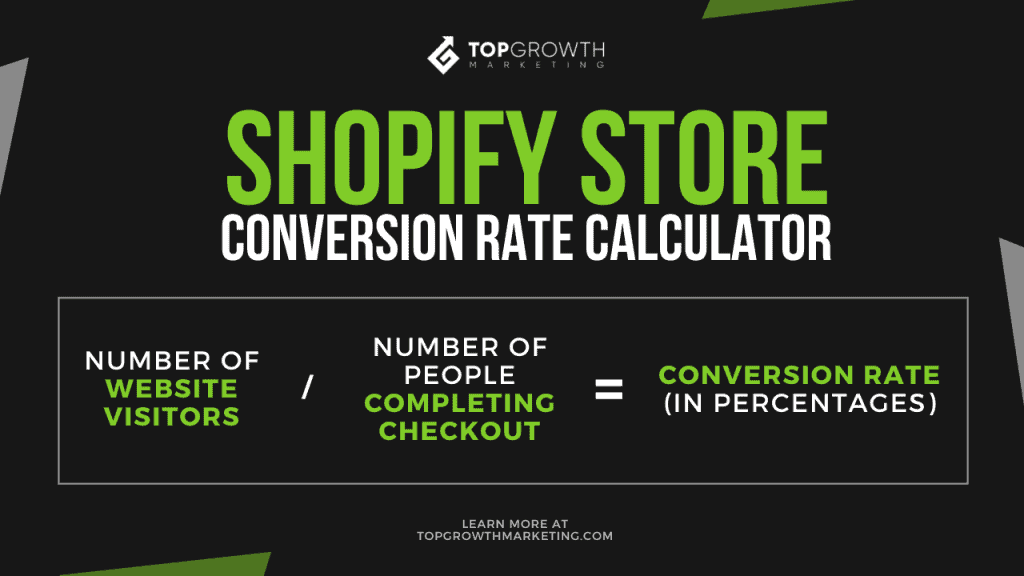
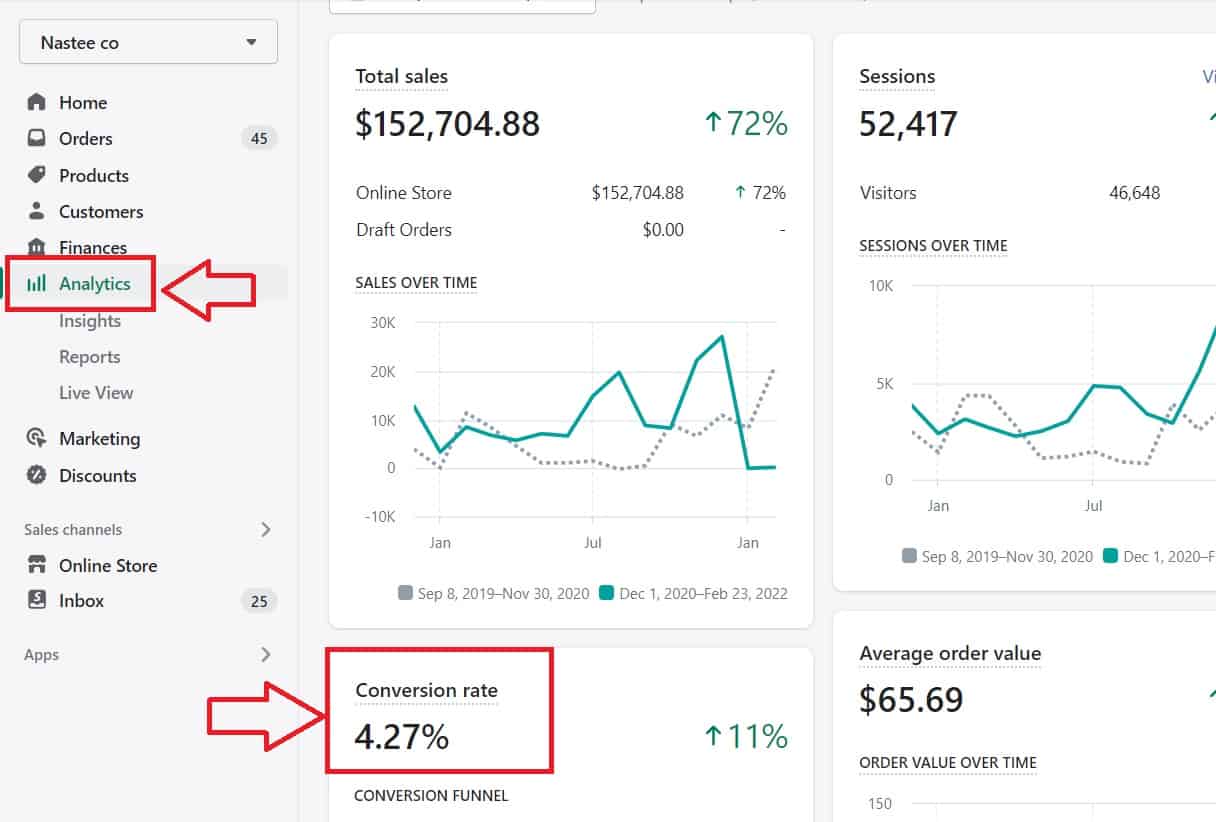
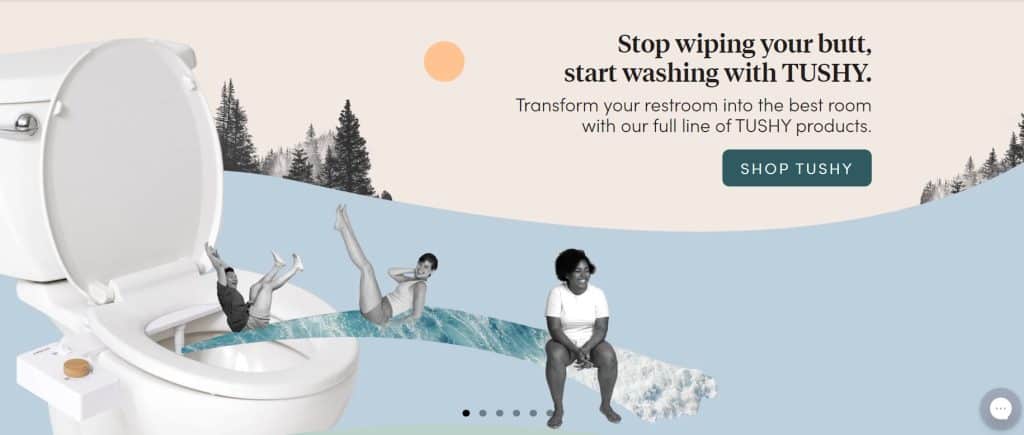
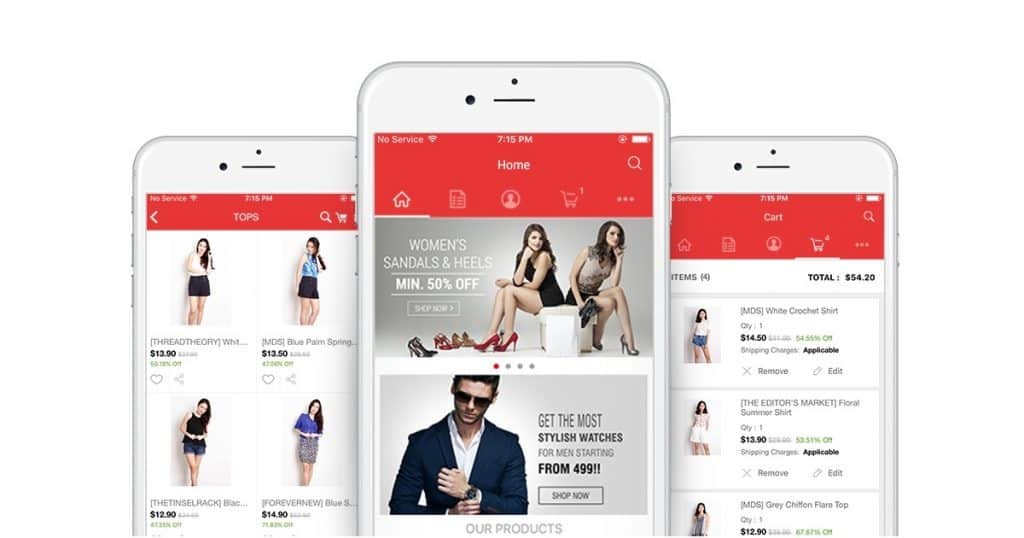

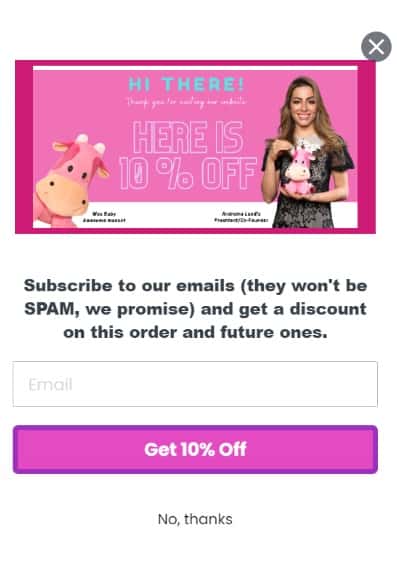
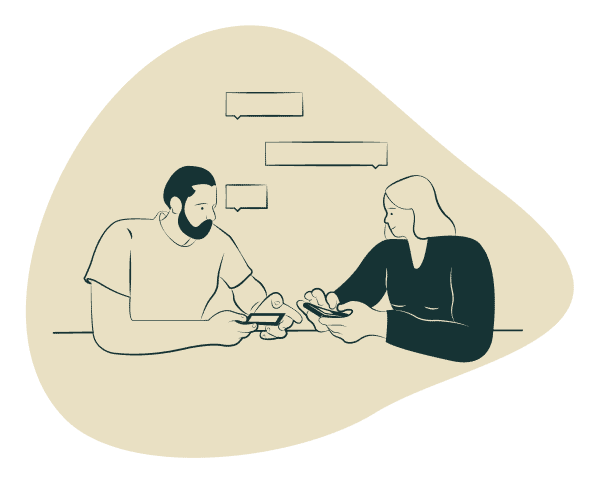

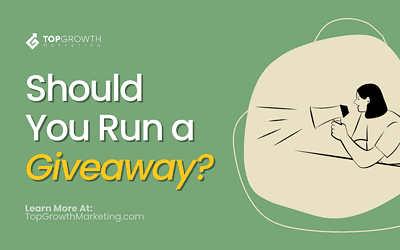
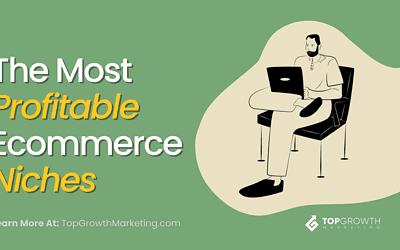
0 Comments